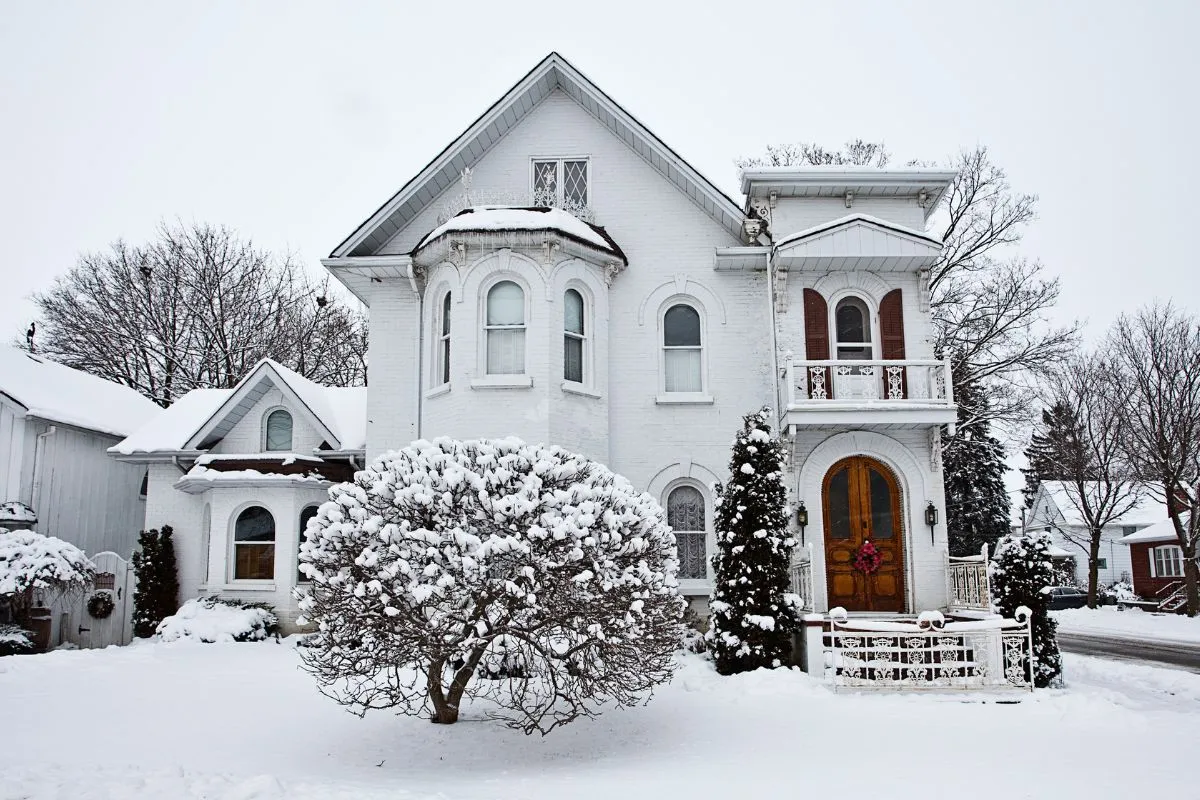
The winter season can be tough on any house, especially the roof. Simple fall maintenance can prevent expensive repairs later.
Begin by cleaning gutters to avoid blockages, ice dams and flooding around the roof. Also check the attic for signs of mold growth, critters or insulation problems.
Roof Inspection
A lot of damage can be done to roofs by winter storms – heavy snowfall causing leakage through melting dams that allow melting snow into the home via leaks in roof structures; melting snow getting into your home through cracks in shingles and structures – this can lead to rotting or warping among other things. These repairs can cost a lot but there are several things you could do to reduce storm-related roof damage.
Start by inspecting your roof from ground level with binoculars or by climbing onto it (if safe). Look out for water damaged areas such as sagging spots; missing/damaged shingles and signs of water seepage.
Check flashings around chimneys, vents and skylights too – these metal strips seal any gaps between your roof and these structures. And also inspect attic for leaks/mold growth – if found additional insulation could save money on energy bills.
Gutter Cleaning
Your roof is a valuable shield against harsh winter weather conditions so it is important that you conduct regular maintenance checks on it throughout the year in order minimize snow/ice damage potential during this period. By doing this you will able to minimize damages resulting from snow accumulation through conducting frequent inspections coupled with maintenance checks.
Always ensure that you regularly inspect and secure your gutters so as not to let ice melt get into house through seeping or deteriorating roof. Periodically clean them as well so as not to let debris buildup become an issue later on.
Remove bird nests or any other animal droppings appearing anywhere on top of your house immediately after spotting them because they cause cracks on shingles which allow water to get into your home. Also trim any tree branches that hang over it for during heavy snowfall or rainfall they may fall down and damage either your roof or gutters.
Attic Check
Ice dams and heavy snow loads are some of the many dangers winter storms pose to roofs. These risks can be kept at bay by undertaking proper prepping measures as well as ensuring regular maintenance is done thus limiting this destruction within budgetary allocations.
Start off by visually surveying your roof; look out for missing/loose/damaged shingles, also check gutter conditions such as clogging or detachment – these could potentially lead to water damage and foundation problems that need further attention.
Also do not forget about the attic; if an attic lacks proper insulation then heat will escape into living spaces thereby causing energy losses which might prove expensive and time consuming to fix later on.
Look at the trees near your house. They may seem harmless now but during windy storms they can be quite dangerous; even if they are taken care of on a regular basis, old or dead ones might collapse and ruin your roof; trim them – this will prevent everything described above plus many other things from happening so that you and your family stay safe throughout the winter. Hence, it would be wise to invest in trimming endeavors in order to protect yourself and your dwelling this year.
Tree Cutting
During winter season storm tree branches which hang over roof is not only collecting dirt but also causing severe damage. Any branch coming into contact with or rubbing against the shingles when there are strong winds can scratch them thereby lifting or denting upon impact.
The vents in your attic may be blocked by overhanging trees leading to buildup of moisture. This results in ice dams forming within as a result of accumulated moisture caused by this obstruction. When there is nothing blocking the attic and all vents are working properly then no ice dam will form during winter.
Also, trim any overhanging tree limbs that could potentially damage your roof during heavy storms as one of the steps for getting ready for winter. It is important to seek advice from experts before pruning or trimming trees so as not only to maintain their health but also structural soundnesss those supporting canopies homes canopies too.











